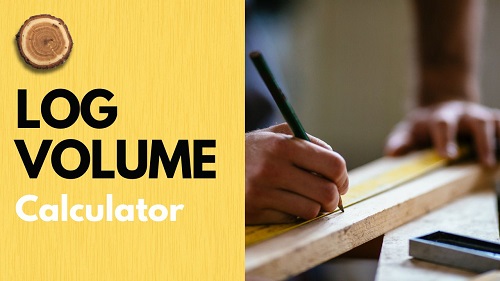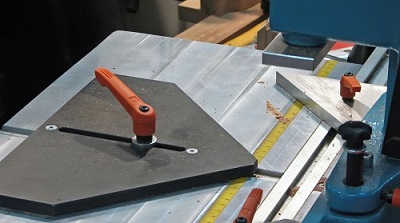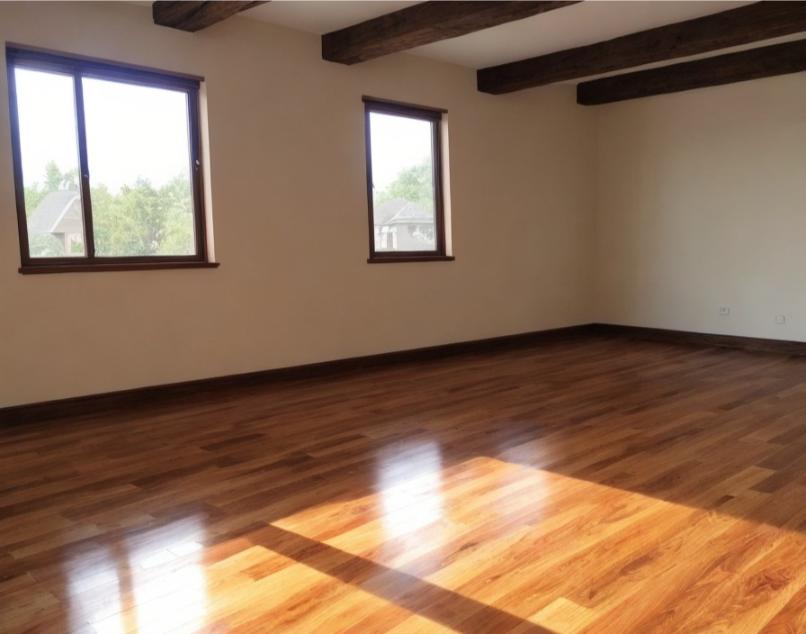It’s crucial to understand the depreciation of your wood furniture to make informed financial decisions. Whether you’re planning to sell, insure, or simply assess the value of your wooden pieces over time, using a wood furniture depreciation calculator can provide you with valuable insights.
This tool helps you determine the current value of your furniture based on its age and other factors, ensuring you have an accurate understanding of its worth in today’s market. By grasping these concepts, you can better manage your investments and maximize your returns.
Wood Furniture Depreciation Calculator
Your understanding of furniture depreciation is crucial for managing your investments.
This process reflects how the value of your wooden furniture diminishes over time due to factors like wear and tear, style changes, and market demand, helping you gain insights into its current worth.
Wood Furniture Depreciation Calculator
Definition of Depreciation
Furniture depreciation refers to the reduction in value of your furniture assets as they age.
This financial concept helps you estimate how much your items lose in value each year, providing a clearer picture of your furniture’s current market price and aiding in financial planning.
Factors Influencing Depreciation
The depreciation of your furniture is influenced by several key factors that can significantly affect its value:
- Age of the furniture
- Quality of materials used
- Market demand for specific styles
- Condition and maintenance history
- Trends in interior design
This understanding allows you to make informed decisions about purchasing or selling furniture.
Plus, knowing how these factors interplay can help you maximize your investment. Consider:
- Regular maintenance to preserve condition
- Choosing timeless designs for longevity
- Researching current market trends before buying
- Documenting the quality materials to enhance resale value
This will ultimately assist in maintaining or improving the value of your wooden furniture over time.
Methods of Calculating Depreciation
If you’re managing wood furniture assets, understanding various depreciation methods is crucial for accurate financial reporting.
The two most common methods are the Straight-Line Method and the Declining Balance Method, each providing unique insights into how your furniture’s value decreases over time. Choosing the right method helps you reflect true current values for your financial assessments and business records.
Straight-Line Method
For a straightforward approach, the Straight-Line Method allows you to evenly distribute the depreciation expense over the useful life of your wood furniture.
This method simplifies calculations, leading to stable and predictable annual depreciation amounts, making it an excellent choice for consistent asset management.
Declining Balance Method
For a more dynamic approach, the Declining Balance Method accelerates depreciation in the early years of an asset’s life, recognizing that furniture typically loses value more quickly initially. This results in higher depreciation expenses early on, which can be advantageous for tax purposes.
Understanding the Declining Balance Method is beneficial for budgeting and financial forecasting. This method uses a fixed percentage of the book value at the beginning of each period, meaning you will calculate depreciation based on your furniture’s remaining value.
This leads to decreasing depreciation expenses each year, allowing you to reflect more accurately on your wood furniture’s market value as it ages.
For example, if your furniture originally costs $1,000 and you apply a depreciation rate of 20%, your first-year expense will be $200. This method is particularly effective if you’re looking to maximize tax deductions in the earlier years of ownership.
Importance of a Depreciation Calculator
Some may underestimate the significance of utilizing a depreciation calculator for wood furniture, but it plays a crucial role in understanding asset value over time.
By providing an accurate measure of depreciation, you can make informed financial decisions regarding your furniture investments, helping you assess both current value and potential resale worth effectively.
Benefits for Consumers
For you as a consumer, using a depreciation calculator allows for better budgeting and financial planning. Knowing the depreciation of your wood furniture helps you understand its current value, ensuring you’re not overspending when it’s time to upgrade or replace items in your home.
Benefits for Businesses
Importance of a depreciation calculator for businesses cannot be overstated, as it aids in asset management and financial accounting. By accurately calculating the depreciation of wood furniture, you ensure that your financial statements reflect a true picture of your business’s assets, leading to better financial strategies.
Businesses can also benefit from tracking the depreciation of their furniture when filing taxes, as this can lead to tax deductions. Understanding the longevity and value fluctuations of your assets strengthens your financial planning.
In addition, knowing when to replace or repair furniture can significantly affect your bottom line, ultimately enhancing operational efficiency and improving customer experience.
Step-by-Step Guide to Using the Calculator
Unlike traditional methods, using the Wood Furniture Depreciation Calculator is quick and efficient. This step-by-step guide allows you to accurately calculate the depreciation of your wood furniture by following these simple steps:
| Step | Description |
| 1 | Input the initial value of your furniture. |
| 2 | Select the appropriate depreciation rate. |
| 3 | View the calculated depreciation and current value. |
Inputting Initial Value
Guide your calculations by inputting the initial value of your wood furniture into the calculator. This figure represents the original purchase price and serves as the basis for accurate depreciation assessments.
Selecting Depreciation Rate
Depreciation is crucial for understanding your furniture’s value over time. Select a depreciation rate that reflects how your furniture will lose value, such as a straight-line method typically applied in many cases.
Another factor to consider is that the depreciation rate can vary based on the furniture’s material, age, and condition, making it crucial to choose wisely.
Usually, wood furniture depreciates around 10-20% annually, depending on these factors—be sure to adjust your rate accordingly to ensure accurate results with your calculations.
Common Misconceptions about Furniture Depreciation
For many, the concept of furniture depreciation can seem perplexing. Some believe that furniture loses value immediately after purchase, while others think that high-quality wood furniture retains its value indefinitely.
In reality, depreciation is a gradual process influenced by various factors, including the type of wood, usage, and market demand.
Understanding these nuances can help you make informed decisions about your furniture investments.
Myths vs. Facts
About furniture depreciation, several myths can cloud your understanding. One common myth is that all furniture depreciates at the same rate.
In truth, your furniture’s depreciation rate can vary significantly based on its material, construction quality, and condition over time.
Related Questions
Depreciation affects how much your furniture is worth as time goes on, leading many to have questions. Common inquiries include how quickly furniture loses value and whether certain types of wood age more gracefully than others. Here you will find answers that clarify how various factors play into your furniture’s current value and depreciation rate.
To better navigate your furniture purchases, consider researching the depreciation schedules for different types of furniture. For example, solid wood pieces might depreciate slower compared to lower-quality materials, which can lose value quicker. Utilizing a calculator can help you estimate both the depreciation and current value of your pieces effectively, allowing you to make smarter financial decisions regarding your investments.
To wrap up
Taking this into account, the Wood Furniture Depreciation Calculator serves as an crucial tool for you to accurately assess the depreciation of your wooden furniture over time.
By entering relevant data, you can easily determine both the depreciation costs and the current value of your furniture, enabling you to make informed financial decisions. Understanding depreciation helps you manage your assets more effectively, whether for personal use or business investment.








